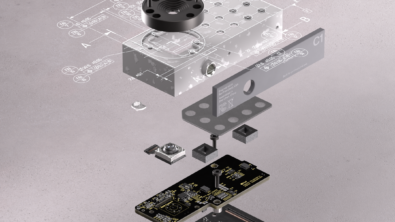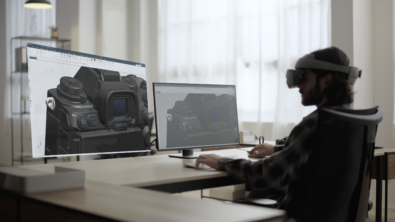The Design Alliance: Design Intent Validation
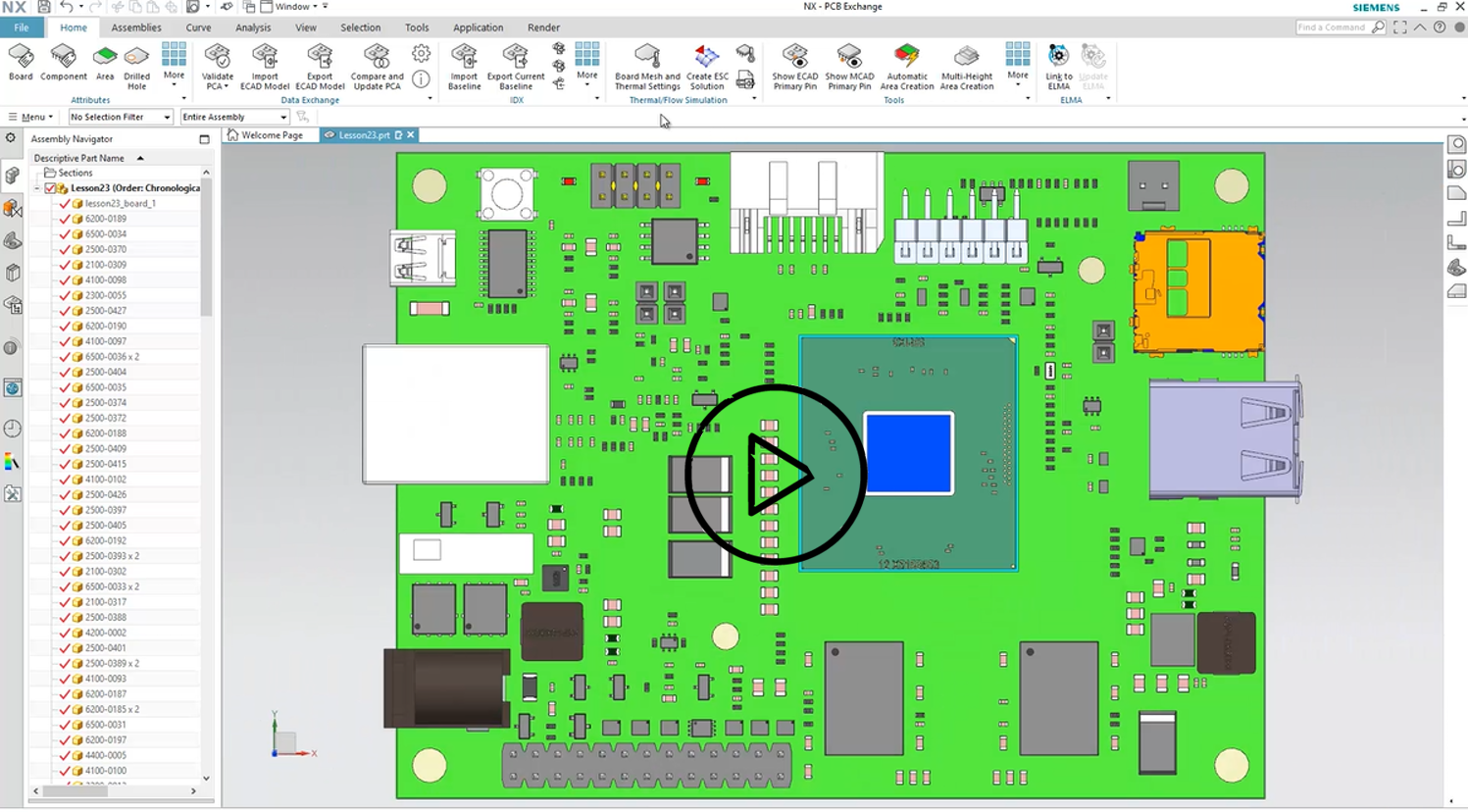
In the previous entry in The Design Alliance series we took a look at the software needed in order to handle the electro-mechanical challenges of tomorrow. We looked through many examples of how NX and Xpedition are the only software that work together to achieve a true design alliance. You can read the previous entry here.
Another design challenge is understanding the true design intent. In the traditional mechanism of collaboration ( between the electrical and mechanical engineer) you’ll find that there will be plenty of data sent back and forth. What ends up happening is that they are limited when communicating their design intent. With the design alliance in full (NX and Xpedition) the design intent is preserved allowing both electrical and mechanical design requirements to be met. This encouraging incremental exchange, rather than one large data dump.
Understand the Design Intent
Any item can be accepted or rejected. Any item can have comments associated to them so you can start to begin to understand what the original intent on modifying the project was. With NX and Xpedition, you’ll find that the collaboration occurs throughout the whole process no matter what stage of the design you are at. When we collaborate it only contains the items that you are modifying, deleting or adding and not every item in the project. This allows you to narrow down to what has been changed to capture the electrical or mechanical requirements, as well as the design intent.
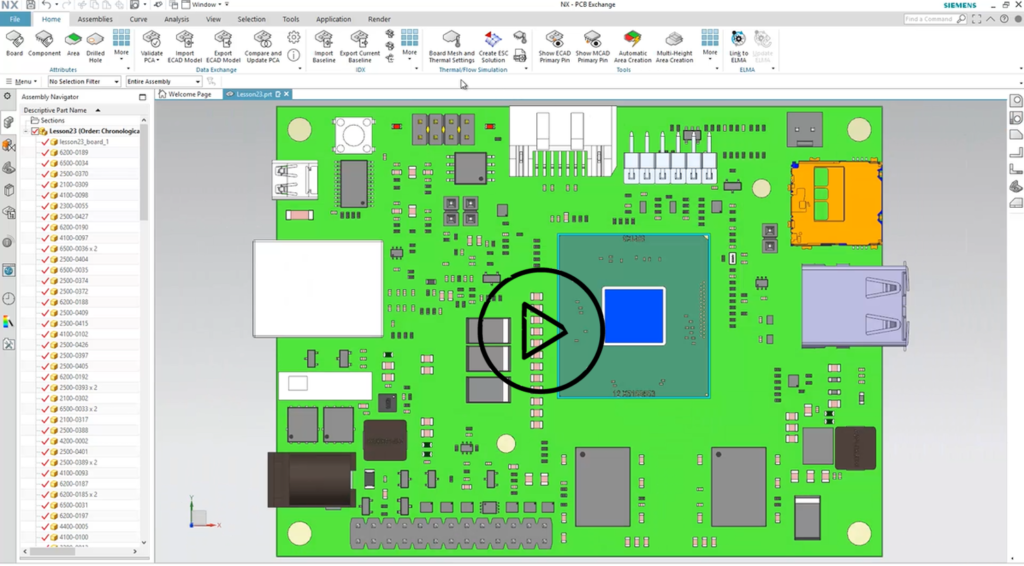
Ownership
You’ll find that with NX and Xpedition, there is additional functionality which allow users to lock down certain objects, and prevent an accidental modification. With NX and Xpedition, you will have ownership. This can belong to any object in the design. Ownership allows designers to explicitly call out items that shall not be moved in the other domain.
For example, connectors are often placed by the mechanical engineer and they wish to prevent the electrical engineer from moving them. In traditional methods they would create obstructs and Keepouts, but that did not stop the lone engineer from turning off DRC. With ownership we can explicitly call out components, like some critically placed connectors and call out that they can only be moved by the mechanical domain. If the other domain attempts to move those components then we will reject the change directly from our collaborator.
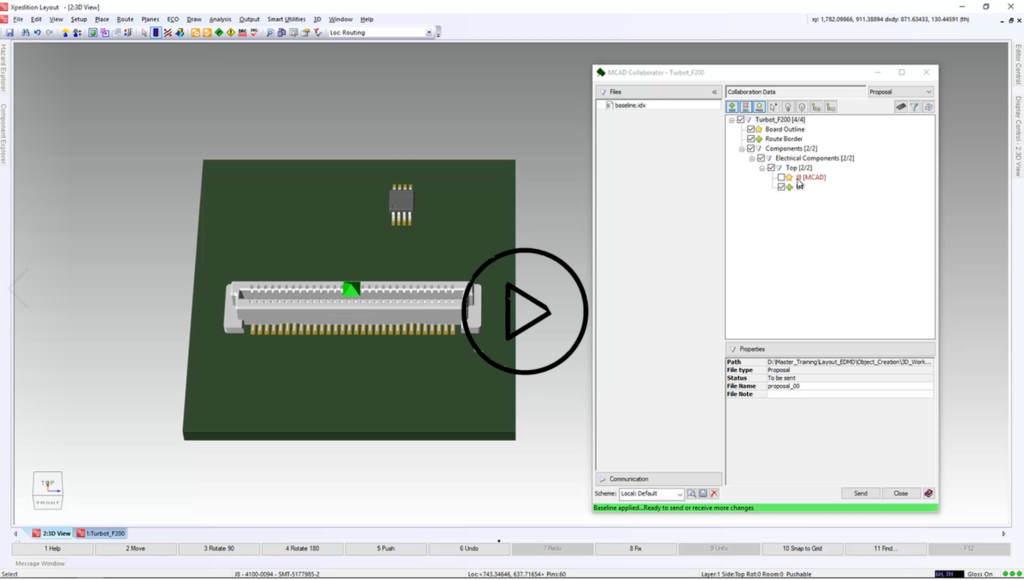
Collaboration History
Finally, to keep the users on both domains synchronized at all times we have in tool notifications as well as email notifications to allow the user to see any pending and unprocessed files. NX and Xpedition also have comprehensive history tracking to allow you see the whole collaboration exchange from start to finish.
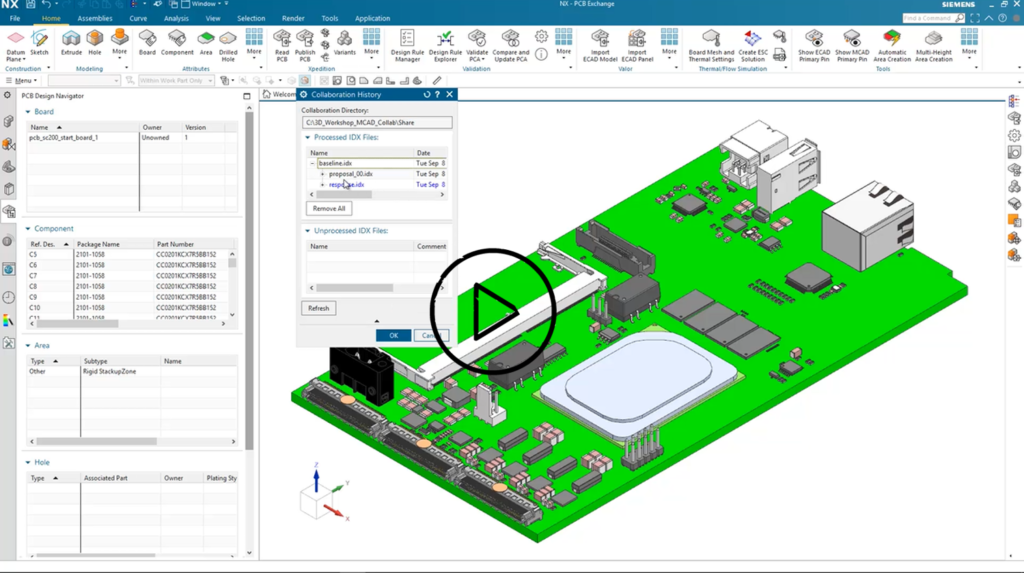
Stay tuned on more to come from “The Design Alliance Series.”
Interested in this topic of electro-mechanical design?
Watch our Next Generation Electro-mechanical Design Webinar
In this webinar, Dave Walker and Nick Dauman will examine how electronics companies, suppliers and contractors can address the increasing product complexity (mechanical, electrical, electronic) and new technologies impacting electromechanical design in product development. NX delivers a holistic design approach that integrates the mechanical, electrical, and electronic disciplines and enables designers to respond to changing demands quickly and easily, increasing confidence in product performance.

